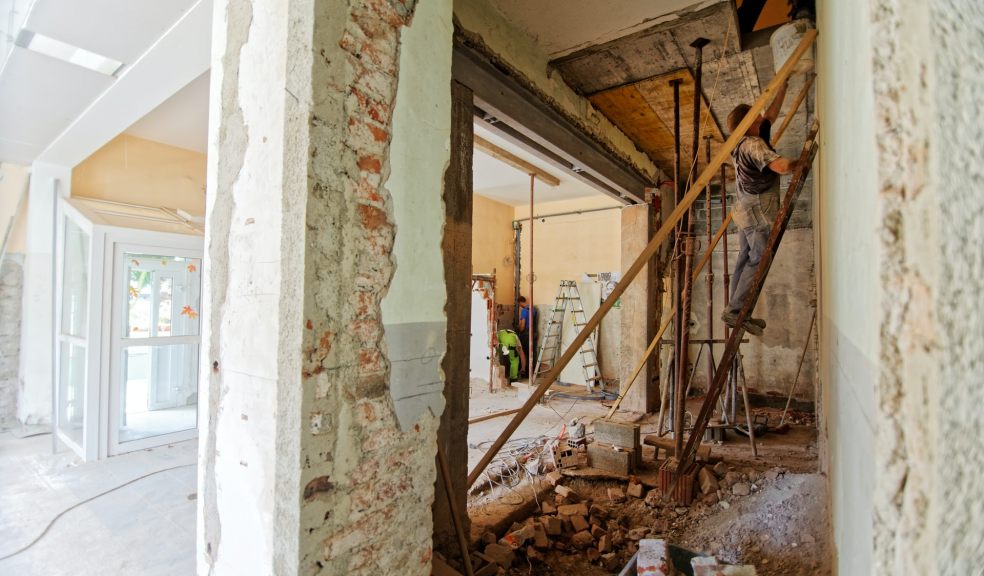
What to do if there is asbestos in a home
Asbestos is a banned construction material, but the far-reaching consequences of its widespread use are still a problem. Many older homes in the UK still contain the material. And, identifying the risks as well as removing the material is a complex process. Some of the most common locations of asbestos in a home or residential building are the following:
- Heating flue
- Garage roof
- Gutters and drain pipes
- Ceiling finish
- Insulation panels
- Floor tiles
- Partition walls
The use of asbestos could be extensive, depending on the age of the building. Over time, these locations could deteriorate and the asbestos fibres mix with air.
What if the building or home used asbestos cement?
In general, asbestos removal isn’t required if the area is in good condition and remains undisturbed. Asbestos cement was commonly used in building wall panels as well as roofing. It may become a concern when the homeowner decides to renovate or add improvements. Simple repairs are safe, as long as you don’t damage any of the panels that may contain the material.
But in case of renovations, you might need to contact a professional removal company. And if you live in the South, it’s best to contact a local expert such as AIONE Asbestos Removal in Eastbourne. Remember that asbestos removal is a complex and dangerous process, which is why you’ll need the help of an expert with the right training and equipment.
Can you do the work without hiring a professional?
Some people with training and knowledge on asbestos removal choose to remove the material themselves. Yes, you can save money by not hiring a professional, but only someone with actual training and knowledge should do it. There are tips and advice provided by HSE – but note that you need to take precautions. DIY removal isn’t always recommended, especially since you could endanger yourself, or damage the asbestos location and contaminate the air.
What a homeowner should do if there is asbestos in their home
If you’re a tenant in an apartment building or renting a home, the first thing you need to do is protect the area. If there are signs of damage, you could vacate the area and keep it closed. Don’t do any further damage or try to clean the location. Next, notify the building manager or your landlord right away so that they can contact a professional removal service. For private homeowners, you can contact a removal company because they can also conduct sampling and surveys. The homeowner will pay for the test and any other work required to solve the issue.
There is also plenty of information available to educate homeowners about asbestos. There’s no need to panic if you suspect that your home contains this material. There are tips and guidelines for safety, as well as precautionary measures you can take. Removal is always the last resort because it’s a dangerous and complex process. Asbestos can cause health issues if handled incorrectly. If you have been negatively impacted by asbestos, then Asbestos Awareness provides support to those who have been affected by asbestos-related illness. Experts recommend making sure that the location remains undisturbed. In case asbestos is in a place frequently used where disturbance is inevitable, a removal company will recommend the right solution.













